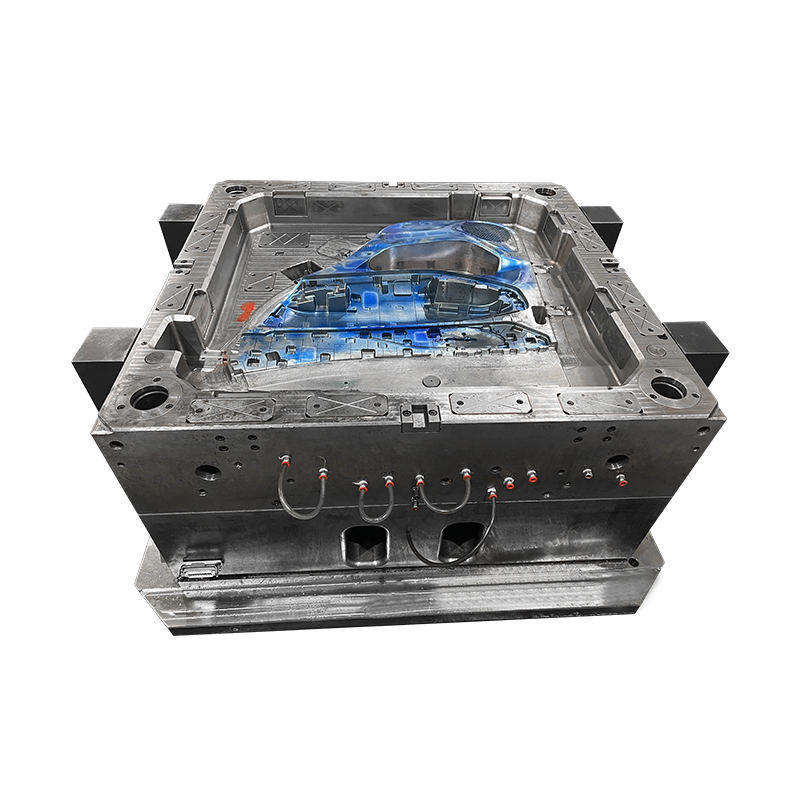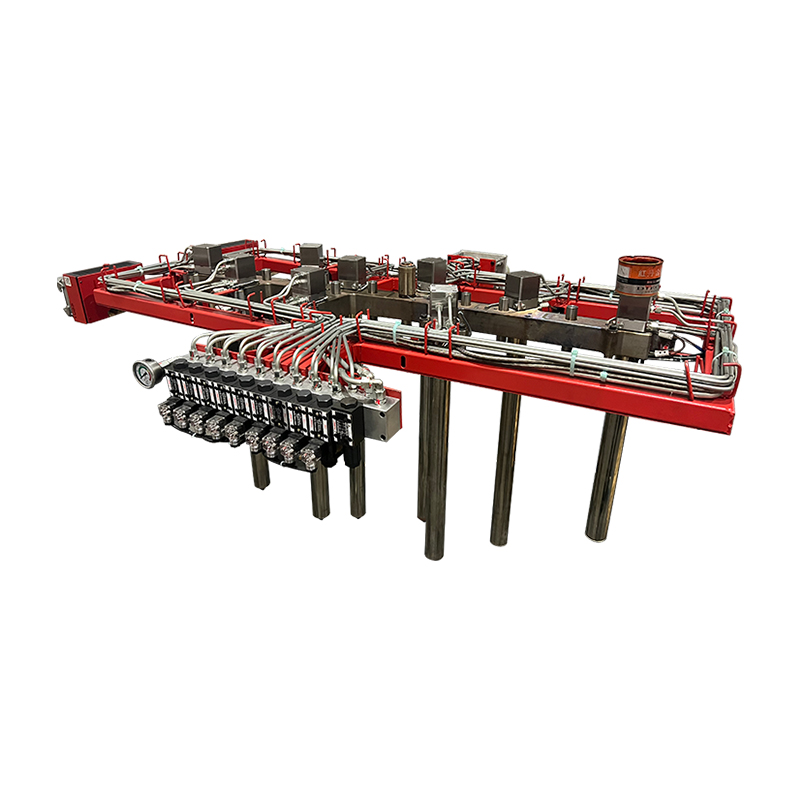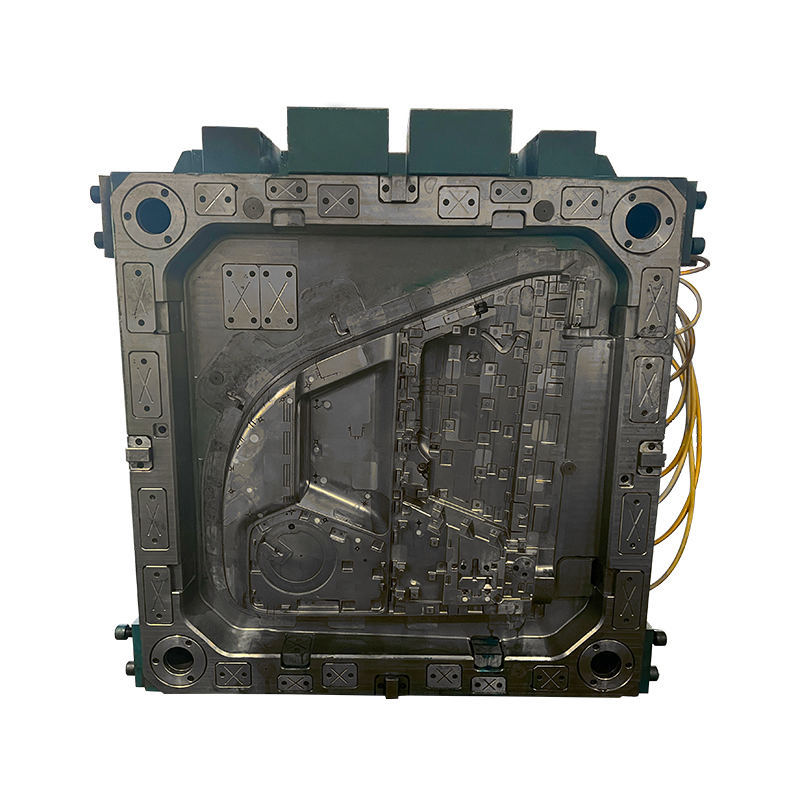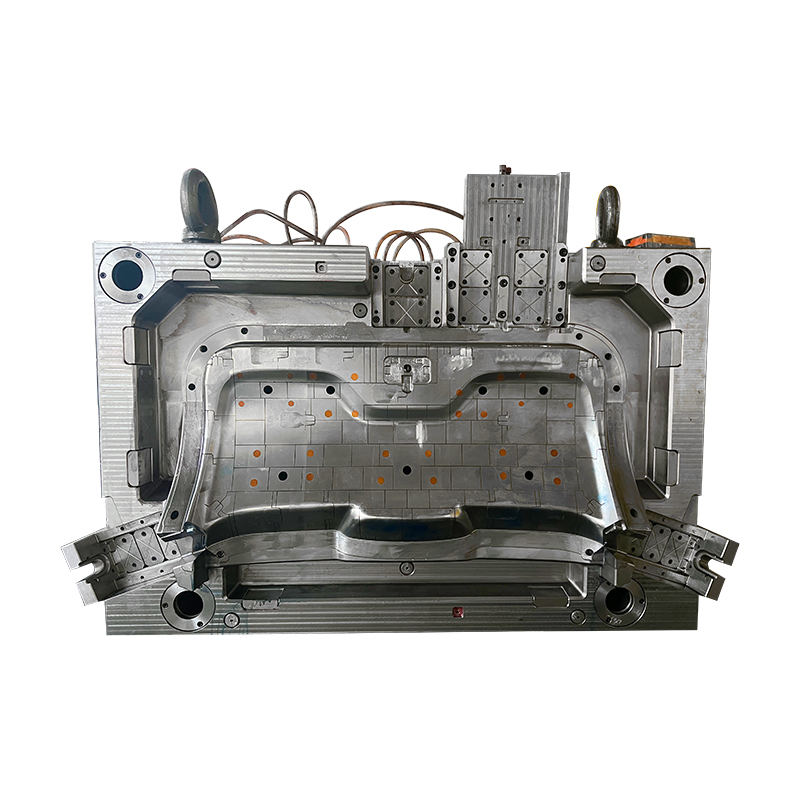OEM Injection SMC Compression Molding Supplier
The demand for advanced molding technologies has never been greater. Two such techniques, Injection Compression Molding and SMC Compression Molding, have become essential to the production of high-quality components across a variety of industries. These technologies, known for their precision and versatility, are driving growth in sectors like automotive, electronics, and consumer goods. As industries strive for enhanced performance and efficiency, understanding the growing demand for these molding techniques is crucial for manufacturers seeking to stay ahead of the curve.
The Rise of Injection Compression Molding
Injection Compression Molding has gained significant traction in modern manufacturing due to its ability to create complex and intricate parts with high dimensional accuracy. Unlike traditional injection molding, Injection Compression Molding involves the simultaneous injection of molten plastic into a mold cavity and compression of the mold to form the desired part shape. This process reduces the amount of residual stress in the final product and ensures a smoother surface finish, making it particularly popular in the production of automotive components, medical devices, and consumer electronics.
The growing demand for Injection Compression Molding can be attributed to its efficiency in producing parts with minimal material waste, reduced cycle times, and lower energy consumption. As companies seek to reduce operational costs and improve sustainability, Injection Compression Molding offers a more cost-effective and environmentally friendly alternative to other traditional molding methods.
SMC Compression Molding: A Strong Contender in the Composite Industry
On the other hand, SMC Compression Molding (Sheet Molding Compound) is rapidly becoming the go-to process for manufacturing high-strength composite parts. This technique involves the compression of pre-formed sheets of composite material into a mold, where they are subjected to heat and pressure to achieve the desired shape. SMC Compression Molding is particularly advantageous in industries requiring lightweight yet durable components, such as the automotive and aerospace sectors.
The appeal of SMC Compression Molding lies in its ability to produce parts with high strength-to-weight ratios, surface finishes, and resistance to heat and chemicals. As the demand for lightweight and high-performance materials grows, especially in electric vehicles and renewable energy applications, SMC Compression Molding has found a strong foothold in the market.
Applications Driving Growth
The expanding use of Injection Compression Molding and SMC Compression Molding can be linked to the increasing need for advanced materials like high-performance plastics and composite materials. Both techniques enable manufacturers to meet the stringent demands for lightweight, durable, and cost-effective components.
In the automotive sector, for instance, Injection Compression Molding is used to produce precision parts such as dashboard components, interior panels, and engine covers. As automakers move towards electric vehicles, the demand for lightweight materials that can withstand high temperatures and stress continues to grow. SMC Compression Molding is being increasingly used to produce exterior parts like bumpers, fenders, and hoods, which require high strength without adding unnecessary weight to the vehicle.
Similarly, the SMC Compression Molding process is ideal for the aerospace industry, where composite materials are essential for constructing lightweight yet strong aircraft parts. This includes components such as wing panels, fuselage sections, and engine parts that must meet strict regulatory standards for safety and performance.
Future Outlook
Looking forward, the growth prospects for Injection Compression Molding and SMC Compression Molding are strong. As industries continue to innovate, there is a growing emphasis on producing parts that are not only lighter and more durable but also more sustainable. Both molding techniques are poised to play a crucial role in this transition by providing manufacturers with the tools needed to produce parts that meet the demands of modern-day applications.
Furthermore, as advancements in material science continue, Injection Compression Molding and SMC Compression Molding will likely see even greater demand in industries such as renewable energy, where the need for robust yet lightweight materials is paramount. The versatility of these technologies in accommodating a wide range of materials makes them indispensable for manufacturers aiming to stay competitive in a constantly evolving marketplace.
In conclusion, Injection Compression Molding and SMC Compression Molding are driving forces in modern manufacturing. Their growing demand, particularly in high-performance plastic and composite applications, underscores their importance as key technologies for the future. As industries seek higher efficiency, reduced environmental impact, and material properties, these molding techniques will continue to play an integral role in shaping the future of manufacturing.












